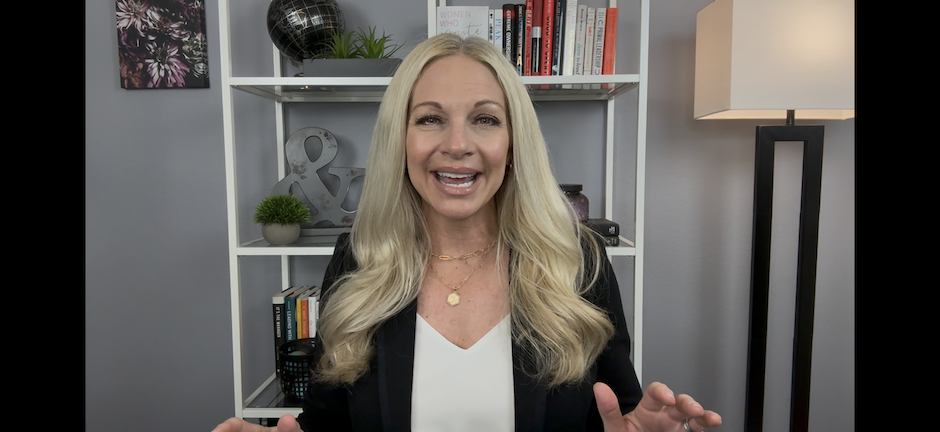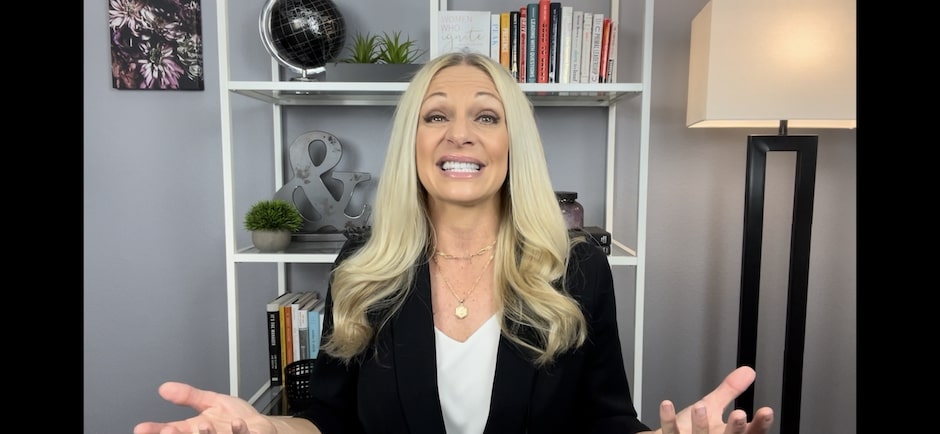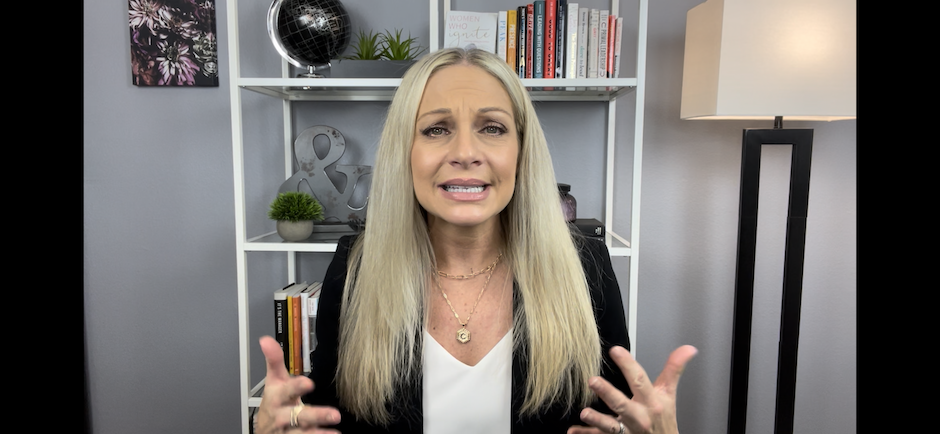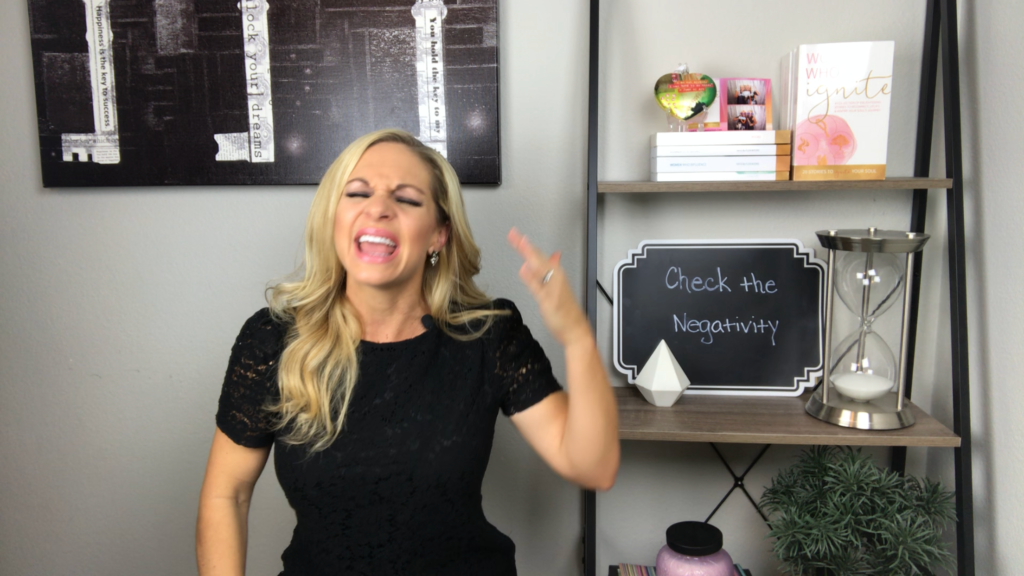
When Emotions Hit Hard
Hard moments happen. What you do after matters most. My daughter, Reese, had one of the toughest school years. Between academic challenges and the intensity of lacrosse, it all finally caught up with her one night in a full emotional










